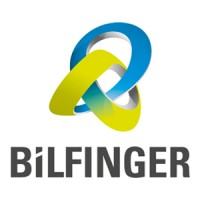
Stork Turbo Blading
STORK TURBO BLADING, part of Bilfinger since April 2024, is the premier independent manufacturer of rotating and stationary components for steam & gas turbines, axial compressors, axial blowers, generator axial fans, hot gas expanders, ID & FD Fans, hydro turbines, impellers, diffusers, blisks and disks, and much more. contact Continental Europe: [email protected] contact United States of America: joe.walker @ usa.stork.com http://www.storkturboblading.com/ The Stork Turbo Blading group is the largest and oldest independent manufacturer of these components in the world, with manufacturing facilities in the USA and The Netherlands. Stork supplies OEM's, O&M/MRO facilities, and end-users in the power generation, oil & gas, petrochemical, aerospace and other industries. Our components are in use globally. Today, we are part of the STORK Group of companies, a world-class technical leader. STORK TURBO BLADING's core competency is rotating equipment components, done correctly, at speeds the others can not match.






